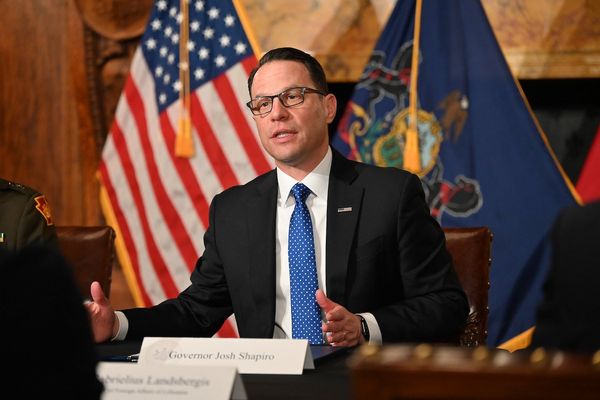
Bogotá faces water rationing
Water rationing in Bogotá shows how climate disruptions are forcing cities to adapt, testing collective resilience in the face of scarce resources.
Elizabeth Rush reports for The Atlantic.
In short:
- Bogotá, Colombia, has implemented water rationing due to a prolonged drought driven by climate change, deforestation, and intensified El Niño weather patterns.
- Residents have adapted by conserving water, storing supplies and engaging in community networks to navigate shortages.
- Officials argue these shared sacrifices not only conserve resources but also build collective awareness of the need for long-term adaptation strategies.
Key quote:
“The reality is there isn’t enough of this very basic resource. The more people respect where the water comes from, the more likely they are to make little changes in their lives to conserve it.”
— Jhoan Sebastián Mora Pachón, trail manager, El Acueducto
Why this matters:
Bogotá’s water rationing is a warning shot for a warming planet where water shortages are feeling increasingly, and uncomfortably familiar—lessons learned here could resonate everywhere from Phoenix to Cape Town. Critics call it a Band-Aid on a gaping wound, with deeper issues like unchecked urban growth and mismanaged natural resources still in play. Read more: Protecting Indigenous children means protecting water.














